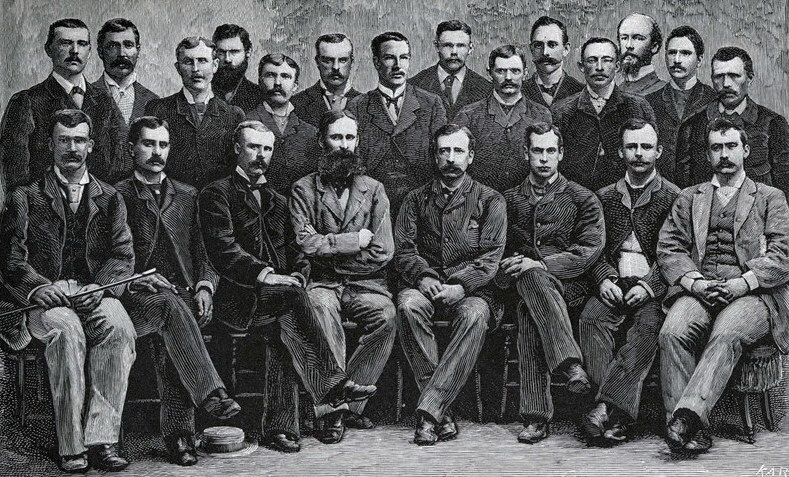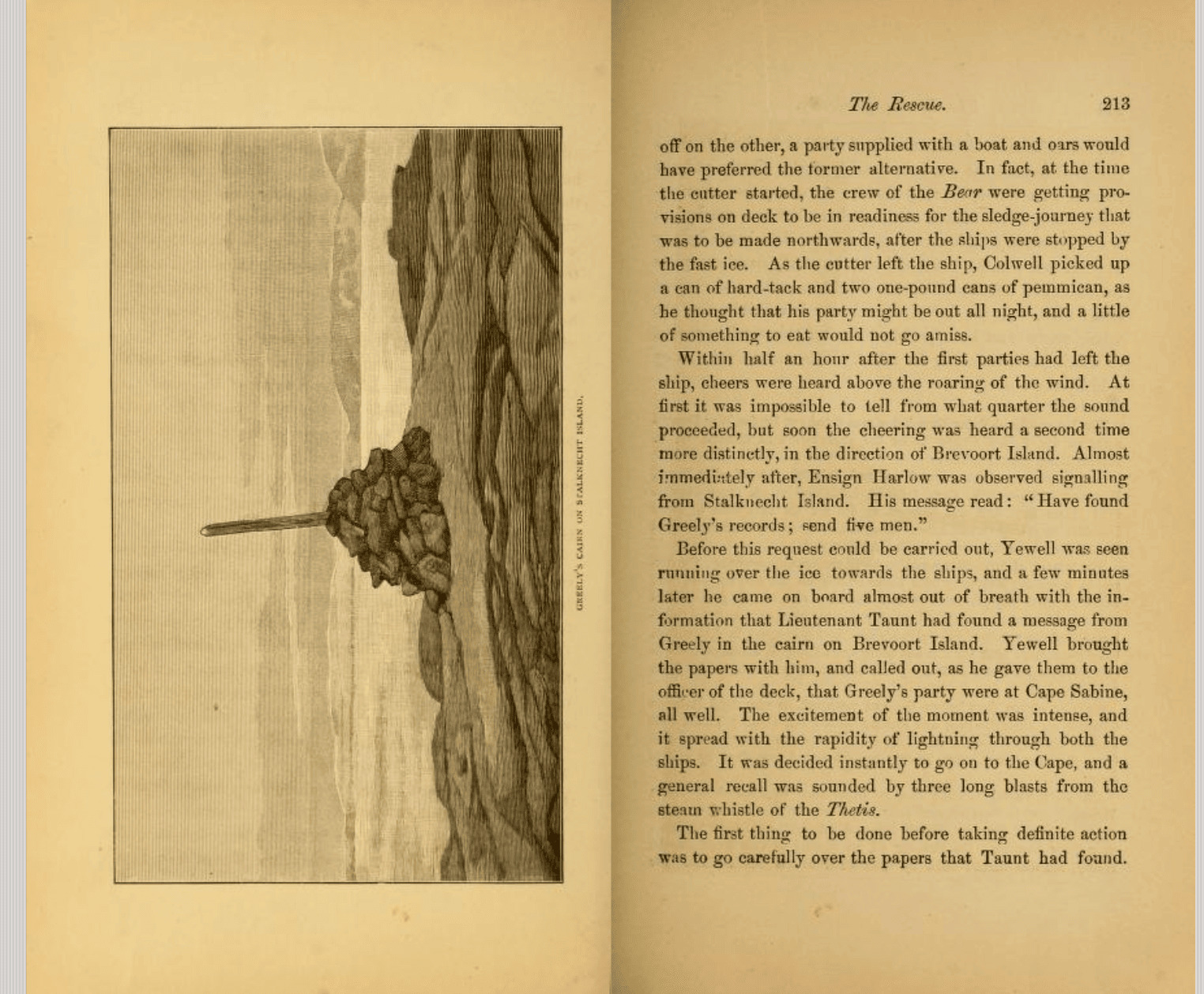The Lady Franklin Bay Expedition
Introduction
The Lady Bay Expedition (known as the Greely Expedition) was led by Lieutenant Adolphus W. Greely of the Fifth United States Cavalry. The expedition was part of the initiative to establish Arctic weather stations to gather scientific data from the region, which they believed would be the key to revealing critical insights into global weather patterns. Initially proposed in 1875 by the Austrian Navy, this evolved into a plan to include 14 weather stations lining the Arctic, collecting data with the goal of enhancing meteorological science and building new theories to predict the weather.
In 1881, Greely and a crew of 24 men set out to establish a station in Ellesmere Island, Canada, near the northern tip of Greenland. Their mission was ambitious: not only to collect meteorological and astronomical data but also to reach farther north than any previous expedition. The expedition made many achievements, including attaining Farthest North (the polar holy grail). However, none of the pre-scheduled re-supply ships came to relieve the team, and their backup supply ship, The Proteus, was crushed by ice on their journey north.
The Expedition and P.W. Johnson
The Rescue of Greely chronicles the Lady Franklin Bay Expedition, the subsequent rescue attempts, and Schley’s mission. The original edition was bound in blue cloth and contained five fold-out maps and 13 engraved plates, providing readers with detailed visual aids of the rescue mission and the Arctic terrain. In many ways, this text can be seen as only depicting a part of the story. This official account will be dissected and compared to P.W. Johnson's diary, which has had minimal analysis. Unlike The Rescue of Greely, The P.W. Johnson diary offers a unique, firsthand perspective on the Greely Relief Expedition of 1884, chronicling the experiences of a low-ranking sailor involved in rescuing the Greely expedition survivors. Johnson’s personal entries, often overlooked in historical texts, shed light on the rescue mission's realities and provide invaluable details about the expedition.



